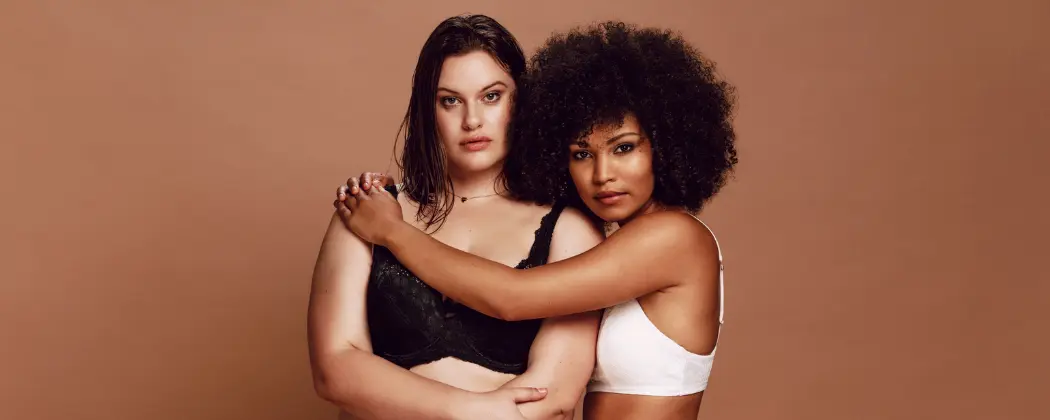Do you ever feel pressure to look a certain way? Maybe you’ve scrolled through social media and felt inadequate compared to the seemingly perfect bodies you see.
It’s easy to fall into the trap of comparing yourself to others. Still, it’s important to remember that everyone is unique and beautiful.
A positive body image is about accepting and loving your body for what it is, regardless of society’s standards. It’s about focusing on what your body can do rather than how it looks.
You feel confident and comfortable in your skin when you have a positive body image. You can appreciate your body’s strengths and quirks, and don’t let negative self-talk bring you down.
In this article, we’ll explore the benefits of positive body image and provide tips for cultivating it in your own life.
Embracing Your Body: Navigating the Spectrum of Self-Image
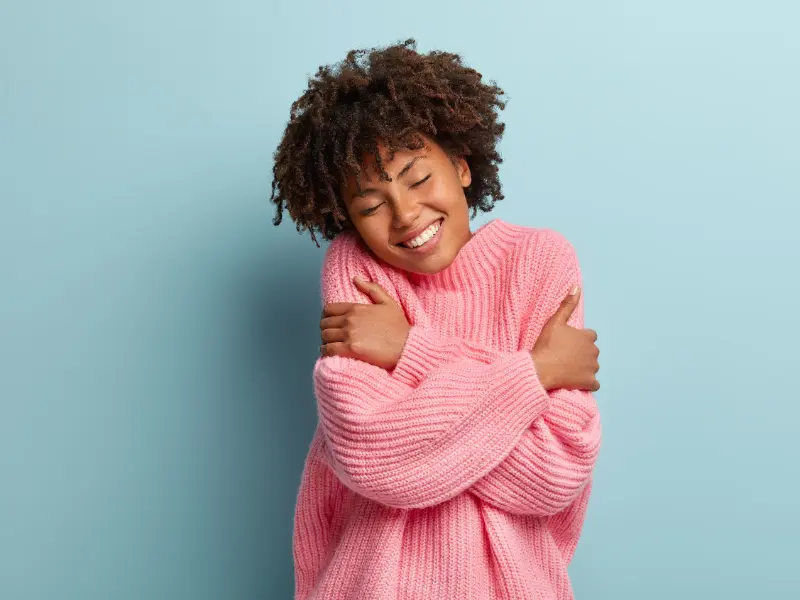
The quest for a positive body image in a world saturated with unrealistic beauty standards can be daunting. Yet, it’s a crucial step towards self-love and acceptance. Whether bombarded by filtered images on social media or confronted with societal expectations, it’s essential to recognize the diversity and uniqueness of our bodies.
Defining Positive Body Image
Embracing a positive body image involves acknowledging and valuing your body, regardless of its shape, size, or appearance. It is the belief that your body is unique and worthy of love and respect.
A positive body image makes you feel comfortable and confident in your skin.
Contrasting Negative Body Image
A negative body image refers to the feelings of dissatisfaction, shame, and self-loathing that can arise from comparing your body to unrealistic standards.
It may result in unhealthy behaviors like disordered eating, excessive exercise, or even self-harm.
The Spectrum of Body Image
Body image is not a fixed state but a spectrum that fluctuates throughout your life. It can be influenced by age, gender, culture, and personal experiences.
Understanding this spectrum can help you recognize when your body image is becoming negative and take steps to shift it toward a more positive outlook.
Body image is shaped by various factors, including media, cultural and societal factors, and personal relationships. Understanding these influences can help you develop a healthy body image and improve your overall well-being.
Media and Social Media Impact
The media and social media can significantly impact how you perceive your body.
Unrealistic beauty standards and photoshopped images can create an unrealistic and unattainable ideal of physical appearance.
Social media can also be a double-edged sword, as it can expose you to both positive and negative messages about body image.
Body-positive accounts and communities can be a great source of inspiration and support. At the same time, negative comments and criticism can harm your self-esteem.
Cultural and Societal Factors
Cultural and societal factors can also shape your body image. Different cultures and societies have different beauty standards and preferences for body shapes and types.
For example, in some cultures, a curvy body type is considered attractive, while a thin one is preferred in others. Understanding these differences can help you appreciate your unique body shape and type.
Personal Relationships
Personal relationships can also influence your body image.
Positive relationships with supportive friends and family members can boost your self-esteem and help you develop a positive body image.
On the other hand, negative relationships with critical or judgmental people can harm your self-esteem and body image.
Promoting Positive Body Image
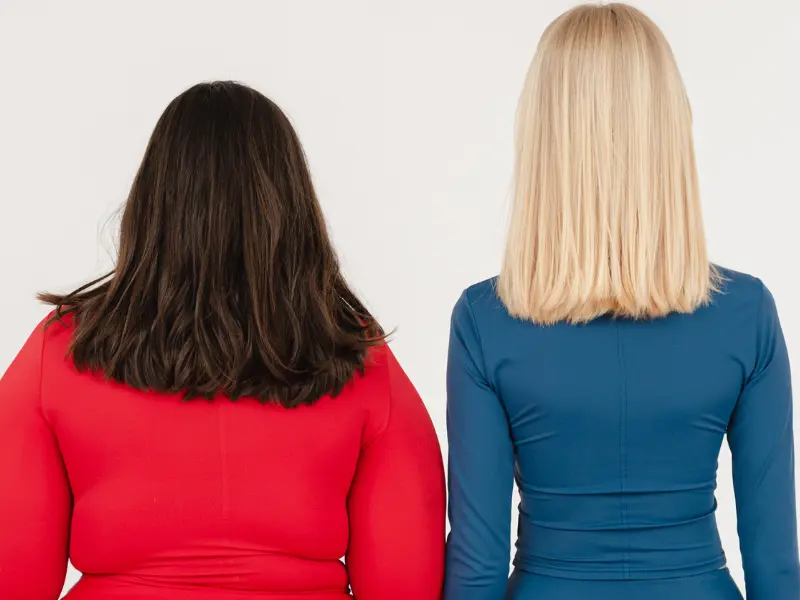
The body positivity movement promotes acceptance and appreciation of all body types, regardless of shape, size, or appearance.
It encourages people to love and celebrate their bodies rather than feeling ashamed or self-conscious about them.
This movement has gained popularity recently, with many social media users sharing body positivity posts and messages.
Embracing Body Neutrality
Another approach to promoting positive body image is through body neutrality.
This means focusing less on physical appearance and more on what your body can do for you.
Instead of criticizing or obsessing over your body’s flaws, appreciate it for all the fantastic things it allows you to do, like walking, running, dancing, or hugging your loved ones.
Creating Supportive Environments
Creating supportive environments is also essential for promoting positive body image.
This means surrounding yourself with people who uplift and encourage you rather than bringing you down.
It also means seeking out spaces and communities prioritizing inclusivity and diversity and where everyone is welcome and accepted.
Challenges and Tips for a Positive Body Image

Maintaining a positive body image can be challenging, especially in a society that values unrealistic beauty standards. It’s essential to recognize that these challenges are typical, and you’re not alone in facing them.
Here are some common challenges to positive body image and ways to address them:
Dealing with Body Dissatisfaction
Body dissatisfaction is when you have negative thoughts and feelings about your body.
Many factors, such as social media, peer pressure, or past experiences, can cause this.
To combat body dissatisfaction, focus on what you like about your body instead of what you don’t like.
You can also surround yourself with positive and supportive people who appreciate you for who you are, not just how you look.
Addressing Eating Disorders
Eating disorders are serious mental health illnesses that can harm your physical and emotional health.
They often stem from a distorted body image and can be triggered by societal pressures to be thin.
If you or someone you know is struggling with an eating disorder, seek professional help immediately. Treatment may involve therapy, medication, and support groups.
Combating Negative Influences
Negative influences can come from many sources, such as social media, advertising, and even well-meaning friends and family members.
These influences can make you feel bad about your body and lead to negative self-talk.
To combat negative influences, try to limit your exposure to them. Evaluate whether the images and messages promote positive body acceptance.
Unfollow social media accounts that make you feel bad about yourself, and surround yourself with positive and supportive people who lift you.
Support and Resources
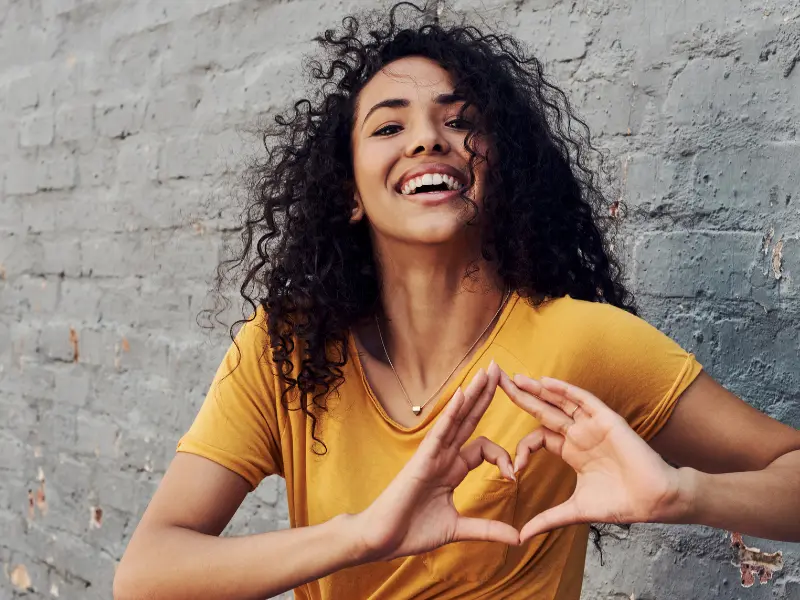
Finding Professional Help
If you’re struggling with body image issues, it’s essential to know that you don’t have to go through it alone.
Seeking professional help can be a great way to get your needed support.
A therapist or counselor can help you work through feelings and develop a positive body image.
Therapists can be located through your insurance provider, online directories, or by seeking recommendations from friends or family members.
Community and Online Support
Connecting with others who are going through similar struggles can be a great way to feel less alone.
Many online communities and support groups are dedicated to body positivity and self-love.
You can find these groups on social media platforms like Instagram or Facebook.
Some body-positive accounts include @drcolleenreichmann and @DietitianAnna. These accounts provide a safe space to share your experiences and connect with others on a similar journey.
Educational Materials
Educating yourself about body positivity and self-love can help you develop a more positive attitude toward your body.
There are many books, podcasts, and blogs dedicated to these topics.
Some popular books include “Body Kindness: Transform Your Health from the Inside Out–and Never Say Diet Again” by Rebecca Scritchfield and “Body Positive Power” by Megan Jayne Crabbe.
Podcasts that promote healthy living and body positivity are “Food Psych” by Christy Harrison and “The Body Love Project” by Jessi Haggerty.
Two noteworthy blogs that offer insightful content on body positivity and healthy living are “Healthy is the new skinny” and “More than a body.”
Conclusion
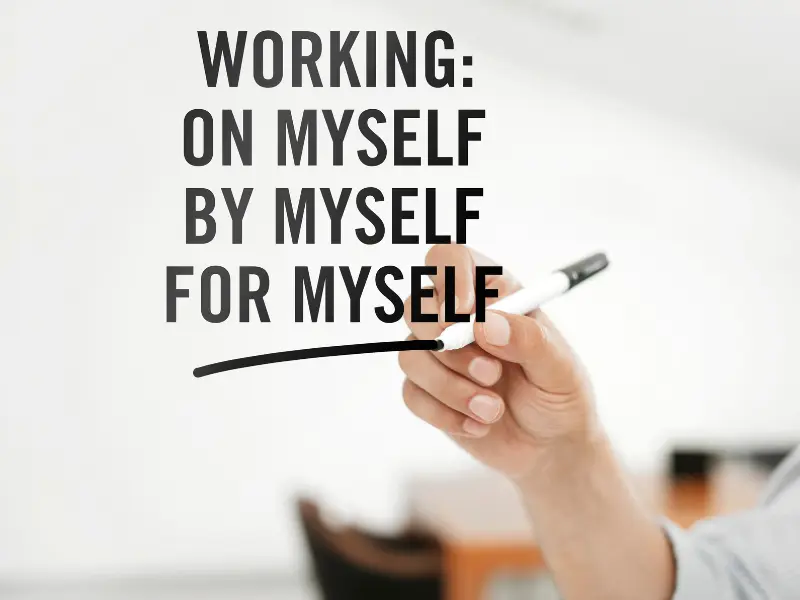
Body image is a complex concept influenced by various factors, including personal perceptions, societal pressures, and relationships.
The body-positive movement involves embracing diversity and promoting self-love and acceptance.
On the other hand, body neutrality focuses on shifting attention from appearance to functionality and what your body can do for you.
Creating supportive environments, addressing common challenges, and seeking professional help are essential to cultivating a positive body image. With these efforts, we can all work towards embracing our bodies and promoting body positivity for generations.
